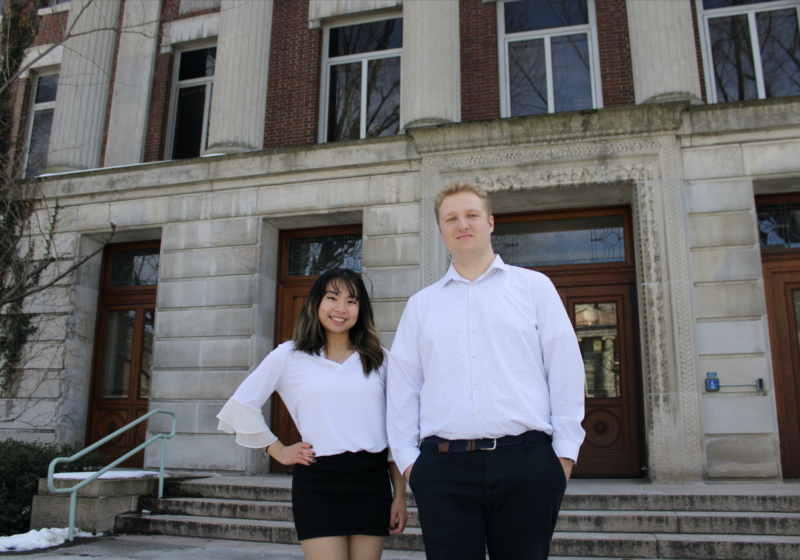If you want to feel hopeful, watch “Hidden Figures.”
It’s a stunning story with stunning performances from Taraji P. Henson, Octavia Spencer, and Janelle Monáe. In classic “based on a true event” fashion, “Hidden Figures” offers a unique plot, artistic shots of shadows on walls, a killer soundtrack (thanks, Pharell Williams), and an unnecessary heterosexual romance, mixed in with hints of white savior complex.
Like in life, though, if you ignore everything else that’s happening and focus on the smart, hardworking women, it’s pretty cool.
The story follows the real lives of Katherine G. Johnson, Dorothy Vaughan, and Mary Jackson, three mathematicians at a NASA base in Virginia in 1957. Because of both their race and their gender, the three women face their own unique challenges in the workplace. Katherine is discriminated against by all her co-workers in the Space Task Group in the midst of the “Space Race” with Russia. Dorothy’s boss refuses to give her the title and pay she is owed for her work, while also introducing a computer he believes will inevitably replace her and her co-workers. Mary is blocked from a promotion due to the requirements’ being inaccessible to people of color. Meanwhile, great pains are taken to illustrate the minor conflicts all three women have with their husbands/love interests/children, if only to keep the story moving.
Regardless, the real focus is on the challenges the three ladies face in the workplace. Real life super-genius Katherine, recently awarded the Presidential Medal of Freedom by Barack Obama, has to correct crucial equations after “classified” information was censored by a jealous co-worker. Her findings were initially ignored by those who didn’t want to share a research paper byline with her, and, of course, her mathematical capabilities were constantly in question.
At the same time, there were moments in this movie I could have lived without. See: when Katherine’s white male boss takes a hammer to the “colored women” sign above Katherine’s bathroom and he declares NASA will no longer have segregated bathrooms to, of all people, the crowd of black American women working as mathematicians
True to form, “Hidden Figures” ends with captions about the people in real life. It explained their awards, their honors, their achievements.Then, the last fact, right before the screen went black and then captions started rolling: Katherine and her love interest spent the rest of their lives together. As much as I loved Katherine’s character, I wasn’t all that invested in her love life—my priority was her work. Even besides that, the movie already does a good job of setting up emotional and complicated relationships with her three daughters, her two best friends, and her mother, all trailed by the shadow of her widowhood. The added romance seemed a little unnecessary when the life of the first American to go to space was on the line.
By far the most entertaining moments were when the three main characters interacted. The ladies fix their own cars wearing heels, they throw their children birthday parties, they drink liquor in the afternoons, and they drive home after work together, encouraging one another to be the change they want to see in the world.
Like I said, if you want to feel hopeful, you should go watch “Hidden Figures.” But if you want to be progressive, be like the women it portrays: smart, brave, loving, and always, always, always aware of your self-worth.




